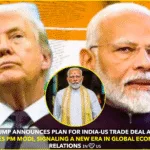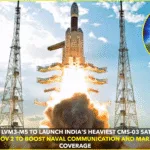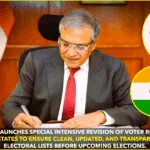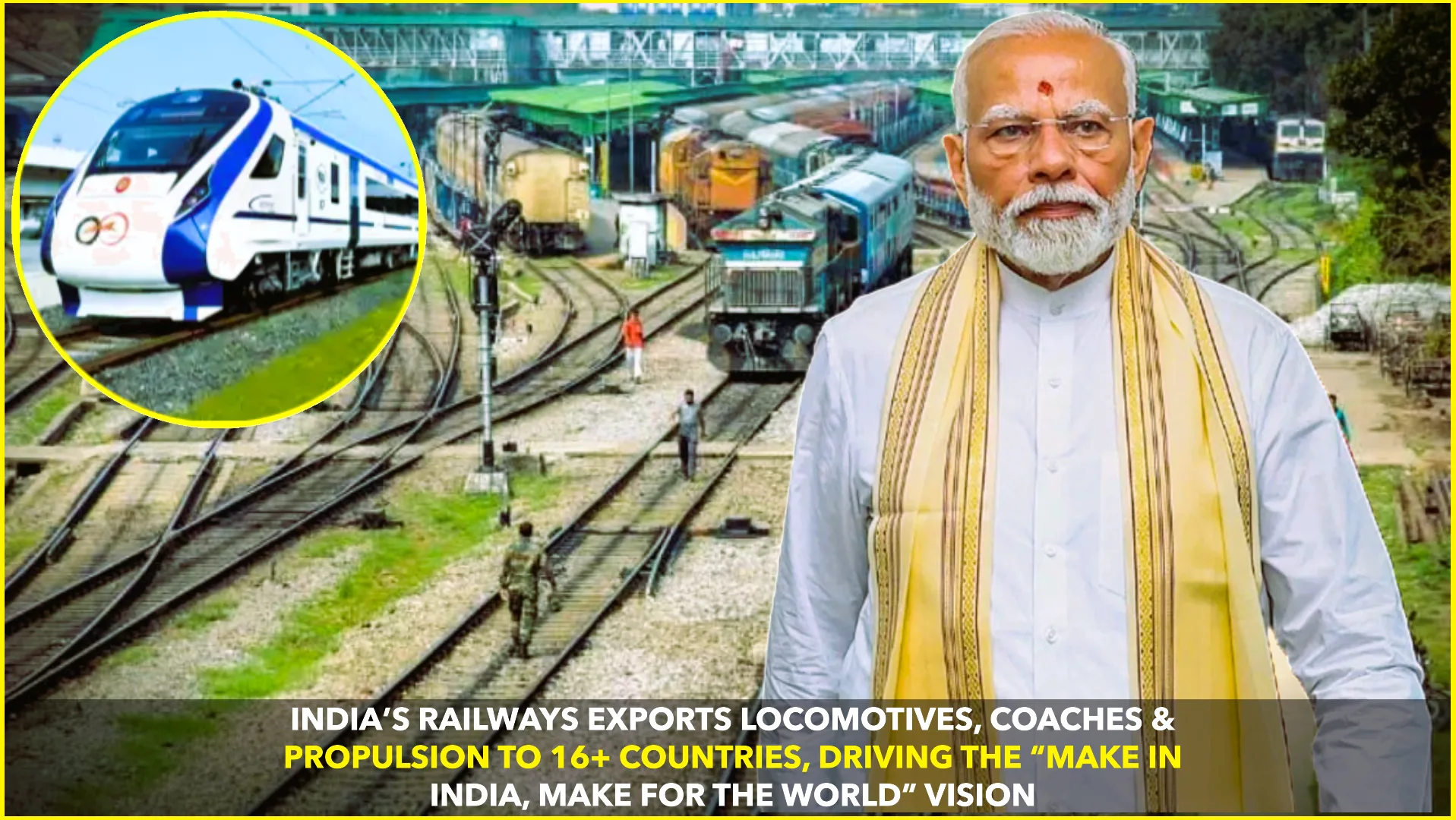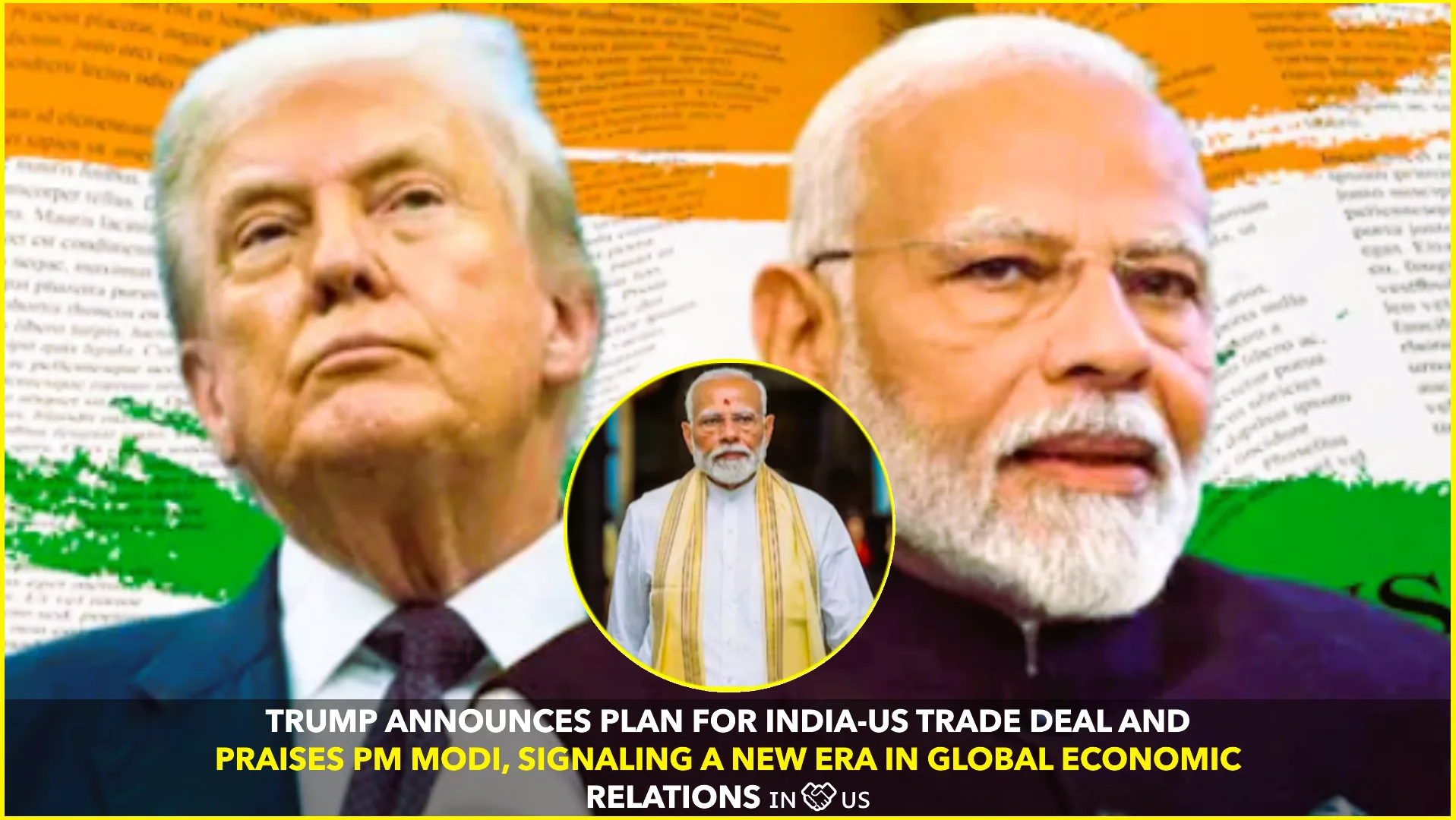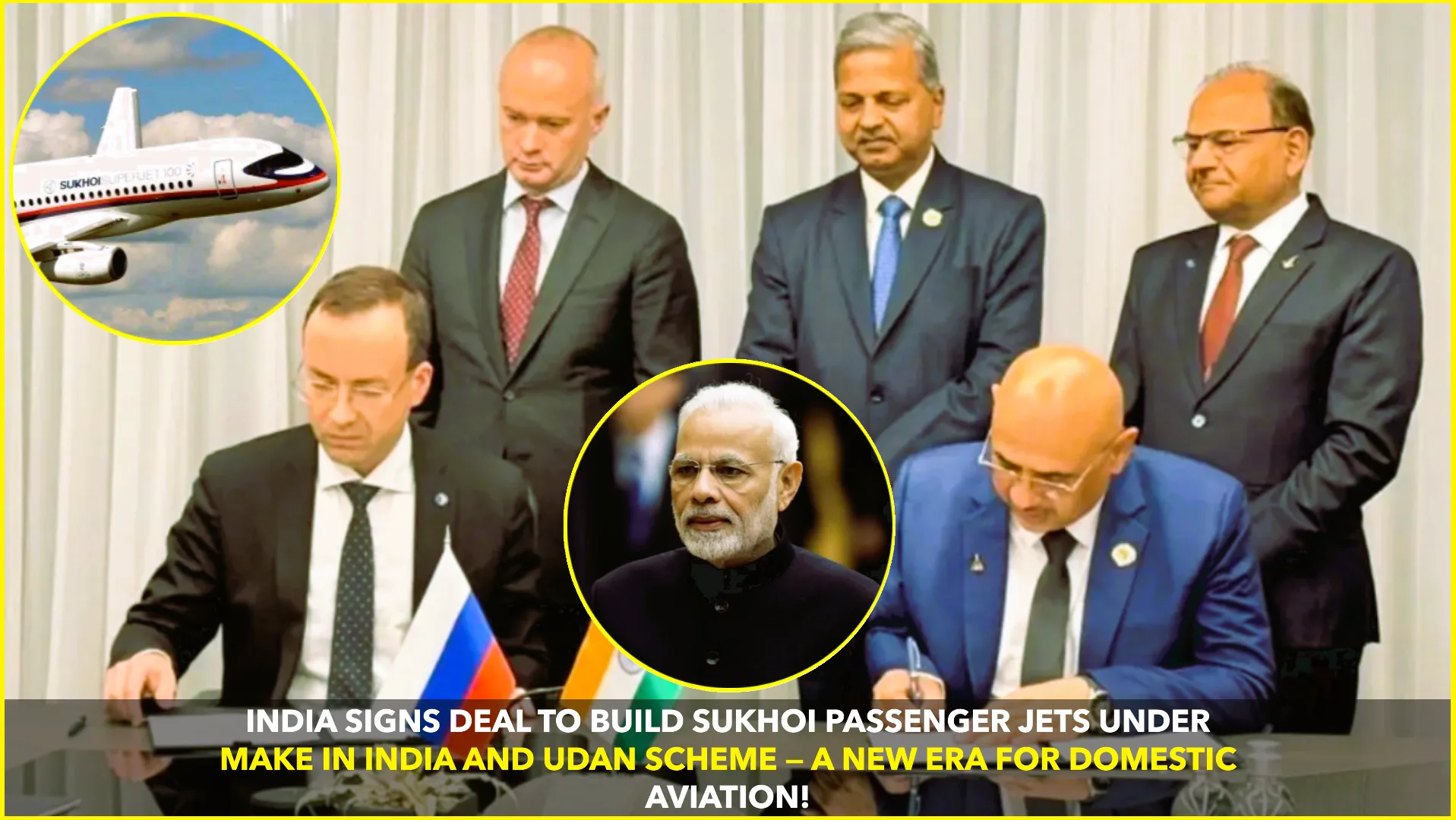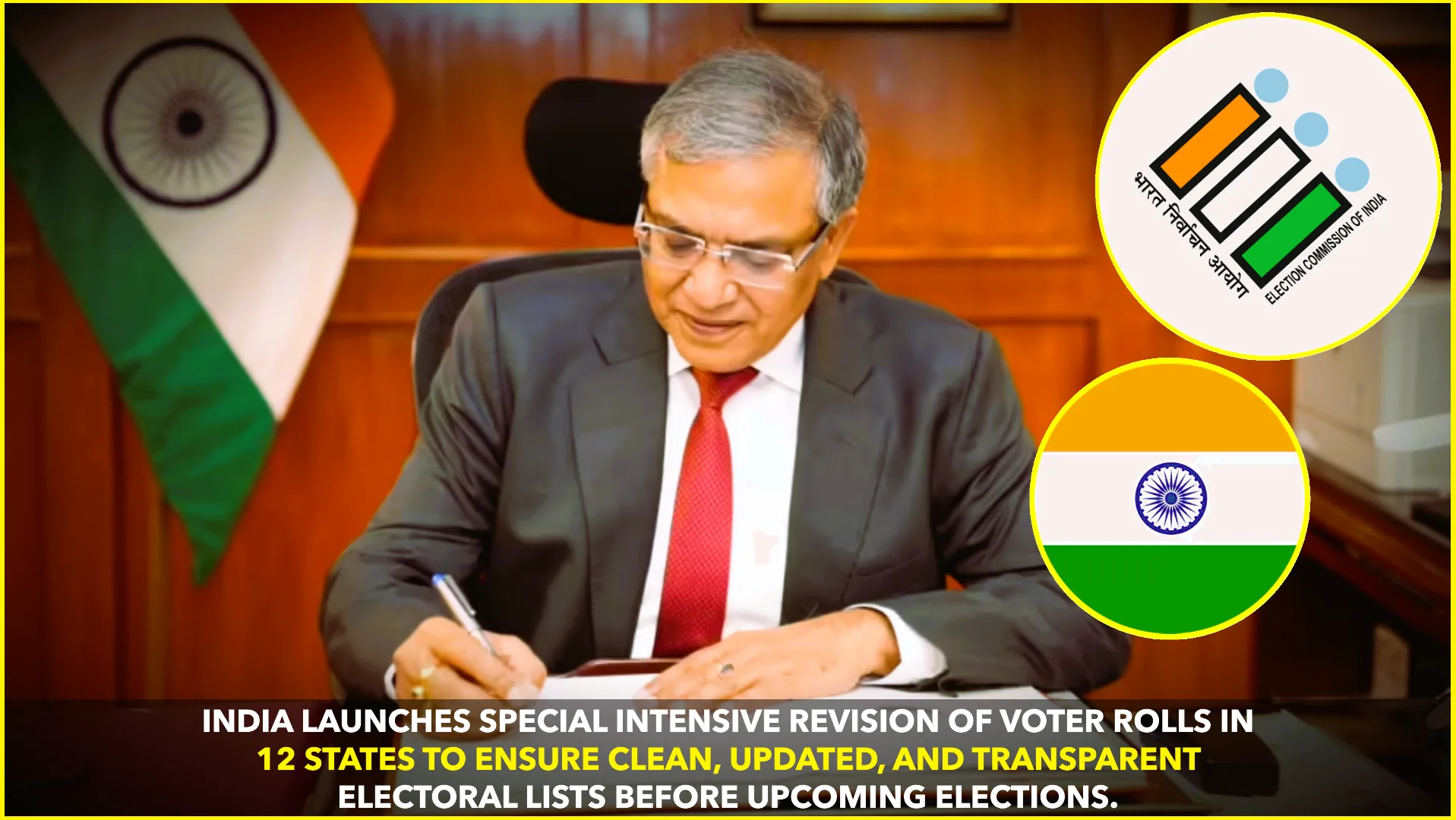Indian Railways has turned a historic corner. Long regarded as the lifeline of India’s domestic transport network, it is now emerging as a significant player in the global railway industry. Locomotives, passenger coaches, bogies, and propulsion systems made in India are powering rail networks in over 16 countries, giving a strong push to the government’s “Make in India, Make for the World” vision.
India’s Expanding Export Footprint
According to the Ministry of Railways, India is currently supplying railway equipment to nations spread across multiple continents. In Africa, exports have reached Mozambique, Senegal, and the Republic of Guinea. In Asia, locomotives and coaches have been shipped to Sri Lanka, Bangladesh, and Myanmar. Europe has seen deliveries to Germany, France, Romania, Spain, Italy, and the United Kingdom. The Asia-Pacific region has welcomed Indian-made equipment in Australia and Canada, while shipments have also reached Egypt, Sweden, and Brazil.
This global outreach not only underscores India’s growing role in rail engineering but also showcases its ability to compete with traditional leaders like Germany, Japan, and China. (Economic Times)
Factories Powering the World
The backbone of this export surge lies in India’s modern rail factories. The Marhowrah Locomotive Factory in Bihar, set up in partnership with GE (now Wabtec), has been instrumental in supplying state-of-the-art diesel locomotives to Africa. Earlier this year, it dispatched six locomotives to the Republic of Guinea as part of a landmark export order. (New Indian Express)
Meanwhile, the Integral Coach Factory (ICF) in Chennai, with its legacy of manufacturing passenger coaches, has extended its expertise to international markets. ICF’s coaches have been shipped to Sri Lanka, Mozambique, and Bangladesh. (Wikipedia)
Propulsion and Bogie Exports
In addition to rolling stock, India is exporting propulsion systems—key components for electric and hybrid trains—to countries including France, Germany, Italy, Spain, Mexico, and Romania. Bogies manufactured domestically are also finding markets in the United Kingdom, France, and Australia, further strengthening India’s export profile. (Economic Times)
Leadership’s Push
Railway Minister Ashwini Vaishnaw has highlighted this export momentum, noting that Indian Railways is rapidly becoming a trusted global supplier of equipment. During a visit to Alstom’s Vadodara facility, he emphasized that Indian-built trains and components are now running not only in developing economies but also in advanced nations like Germany and Canada. (Times of India)
Economic and Strategic Impact
This export drive aligns closely with India’s economic goals. By becoming a global supplier, Indian Railways boosts its foreign exchange earnings, generates employment, and expands opportunities for small and medium enterprises in the supply chain. It also enhances India’s soft power—positioning the country not just as a service provider but also as an exporter of high-tech engineering solutions.
However, challenges remain. Exporting rail equipment requires compliance with different technical standards, safety norms, and rail gauges across countries. After-sales service and maintenance support are equally critical to securing repeat orders. Yet, industry experts believe India is on the right track, with the early success of these exports demonstrating the potential for long-term growth.
The Road Ahead
From Bihar’s Marhowrah to Tamil Nadu’s ICF, and from propulsion units in Vadodara to production lines in Kolkata, India’s rail factories are now firmly on the global map. With upcoming orders from Africa, Europe, and Asia-Pacific, Indian Railways is poised to expand its role as a reliable partner in the international rail ecosystem.
This evolution marks a significant leap: India is no longer just building trains for itself. It is building trains for the world.

